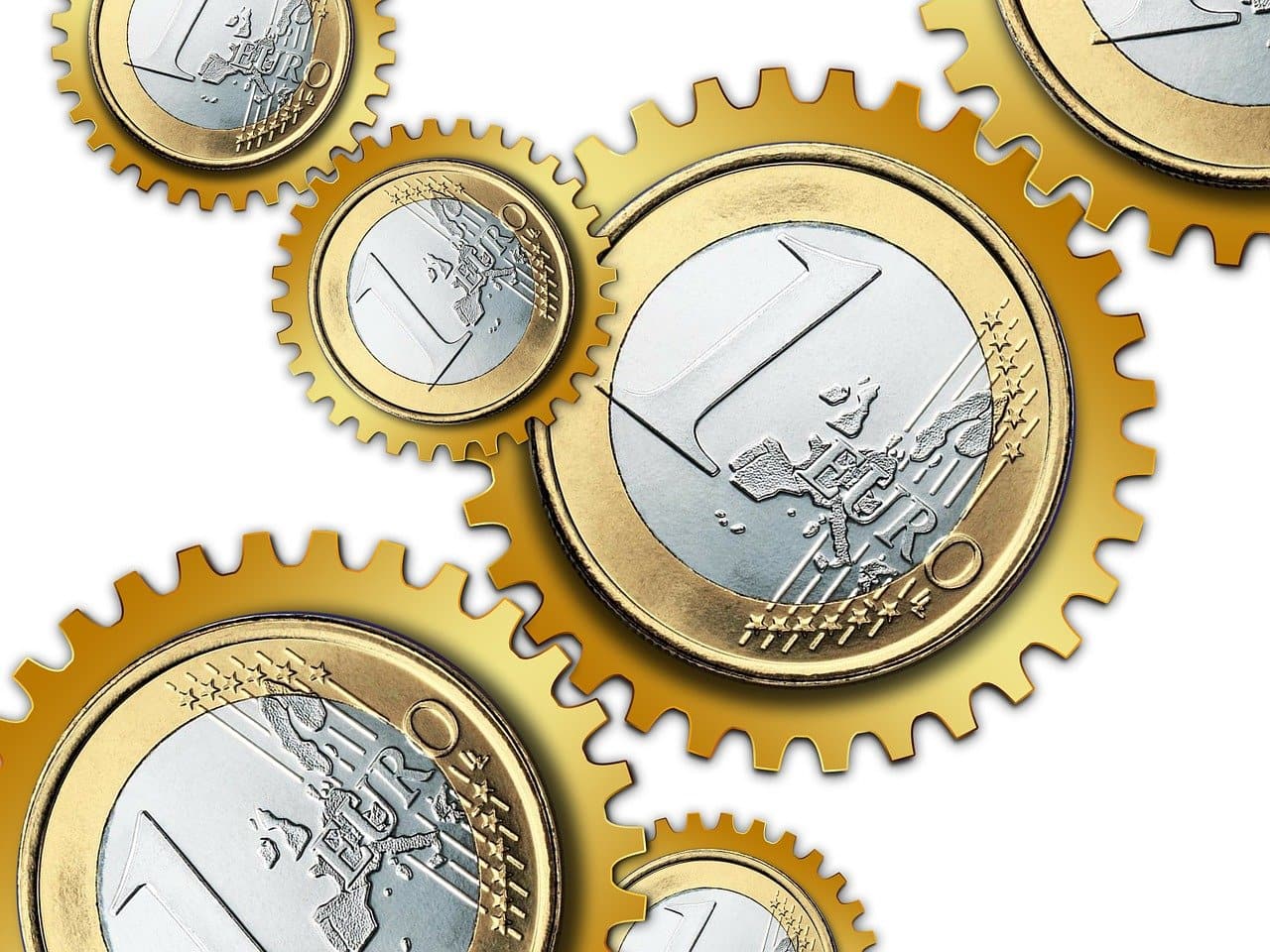
On January 31st, Eurostat released its flash estimate of economic growth in the EU and the eurozone in the fourth quarter of 2021. On an annual basis, gross domestic product (GDP) increased by an inflation-adjusted 4.8% in the EU and 4.6% in the euro zone.
Of the EU ten member states for which Eurostat includes GDP growth rates, Italy has the highest at 6.4%. They are followed by Sweden (6.1%) and Belgium (5.6%). Germany has the lowest growth rate of the ten, with its GDP expanding at only 1.4% year over year.
The growth rates are up, generally, from the third quarter, reflecting a gradual post-pandemic return to normal economic activity. However, despite the strong growth rates in the fourth quarter, the European economy has only barely recovered from the pandemic. A comparison between inflation-adjusted gross domestic product for the fourth quarter of 2020 and for the same quarter in 2021, shows that the EU economy as a whole has just about regained its losses to the pandemic. Measured in 2015 prices,
A similar comparison for the 19 euro-zone members puts the two-year increase at only 0.03%.
Of the ten countries for which Eurostat has released fourth-quarter GDP data, five had a larger economy at the end of 2021 than at the end of 2019: Lithuania (+4.6%), Sweden (+3.9%), Latvia (+1.3%), Belgium (+1%), and France (+0.9%).
The remaining five had not yet fully recovered, adjusted for inflation. Spain exhibited the largest GDP gap (-4%), followed by Germany and Portugal (-1.5%), Austria (-1.1%), and Italy (-0.6%).
The recovery of lost economic activity coincides in time with the decline in budget deficits across the EU.
